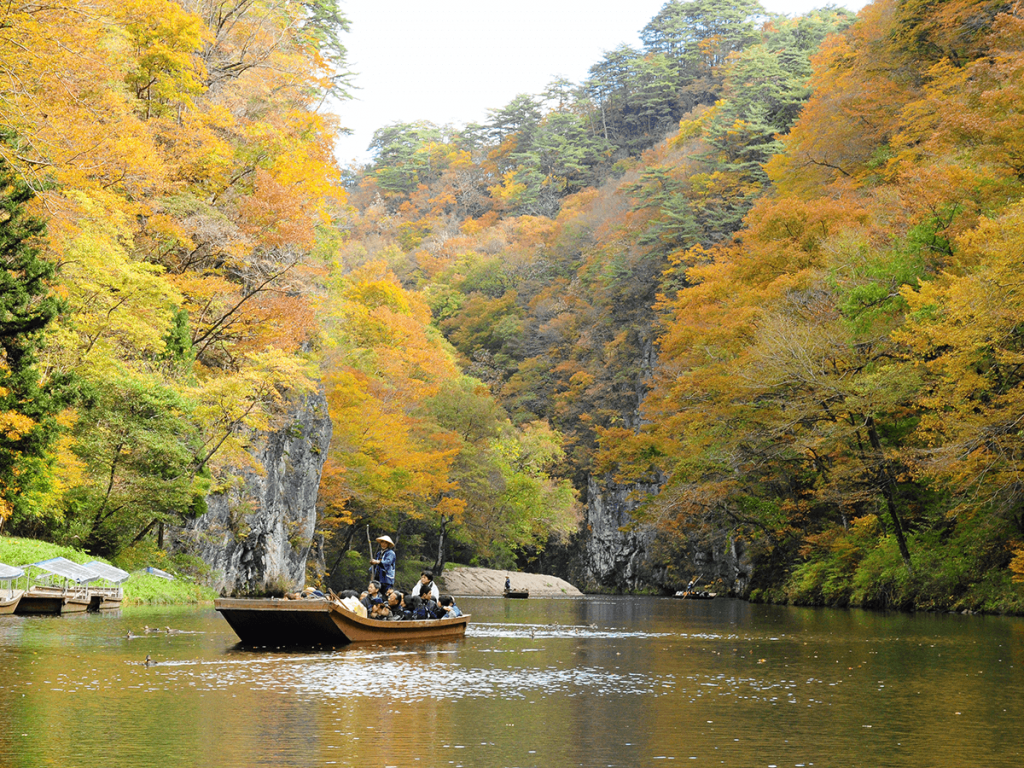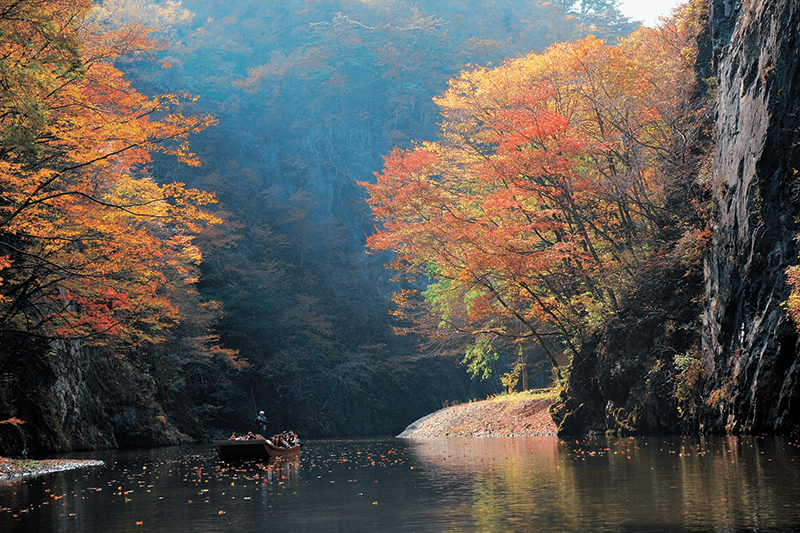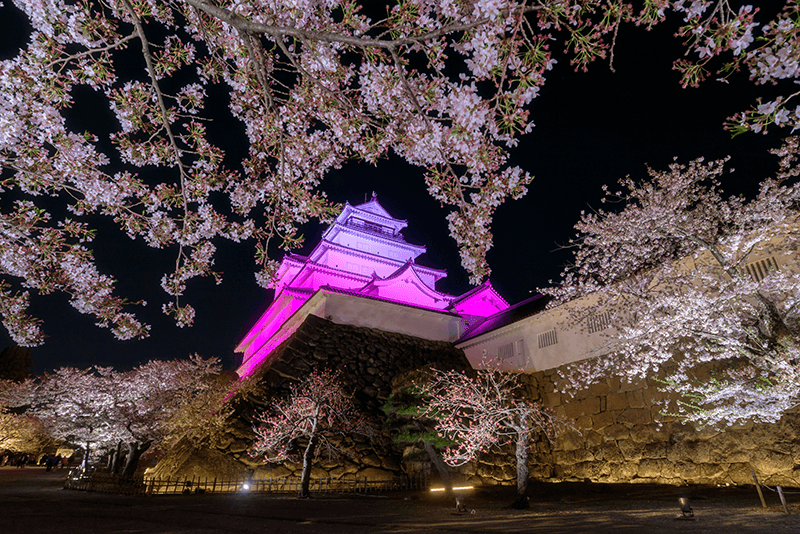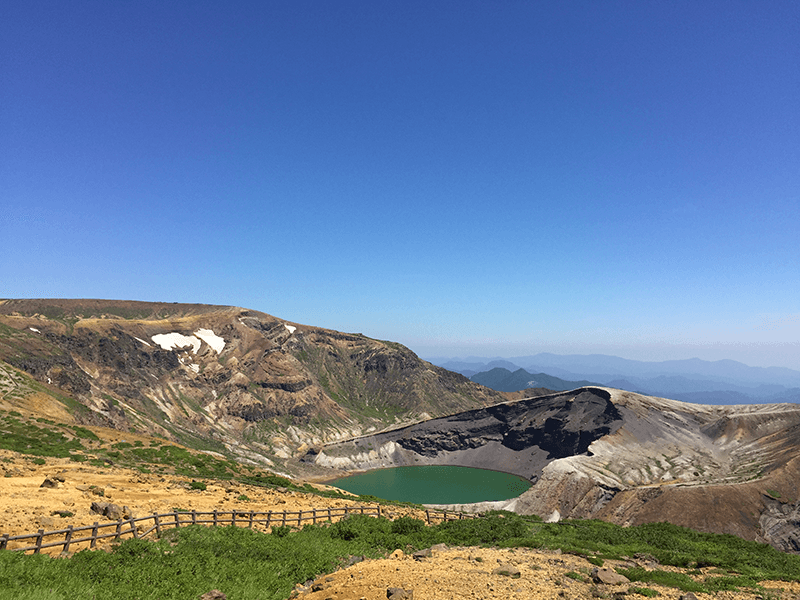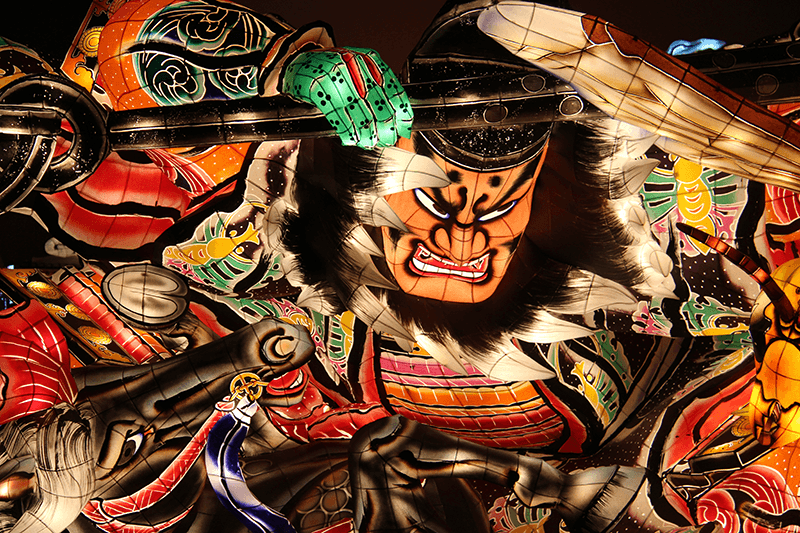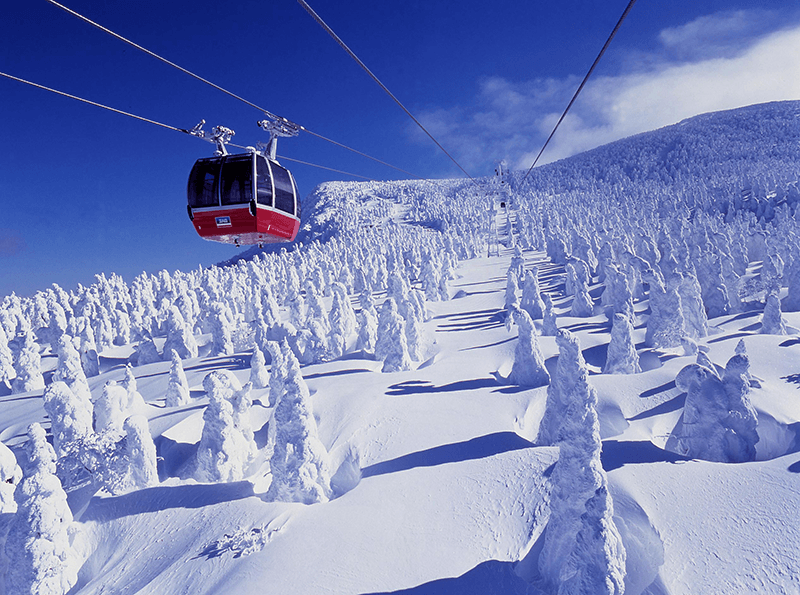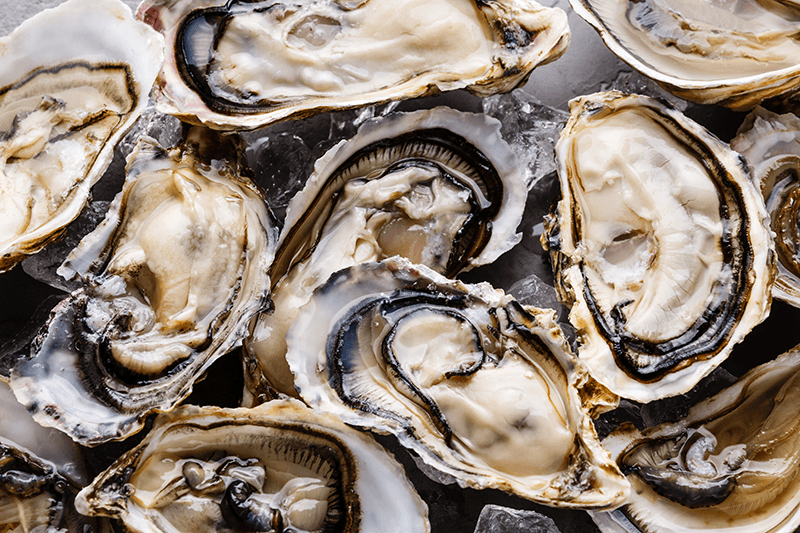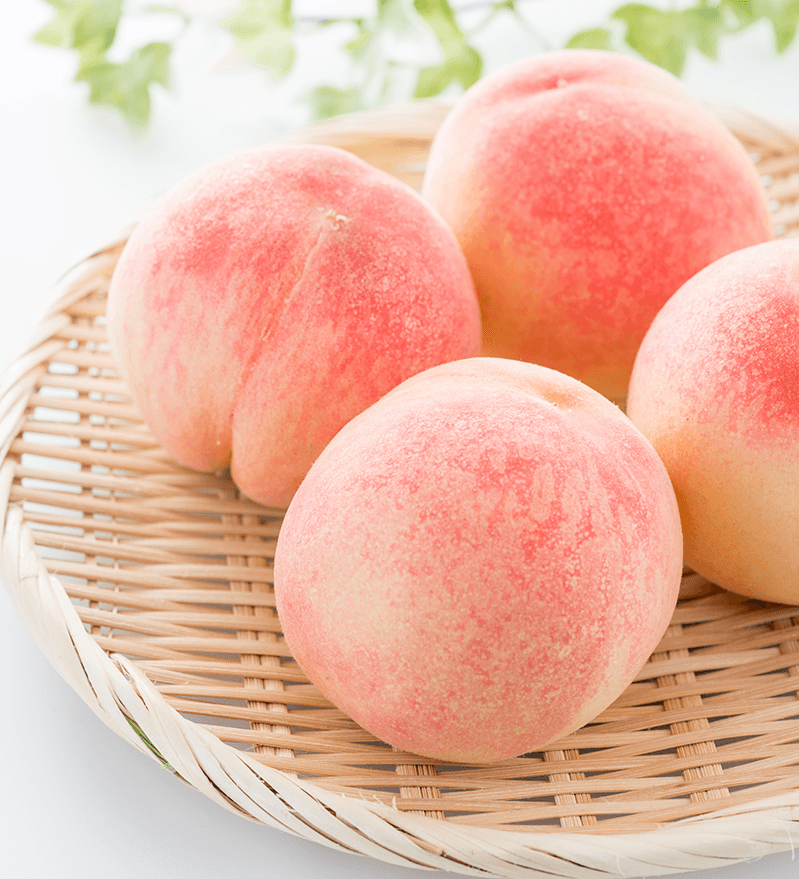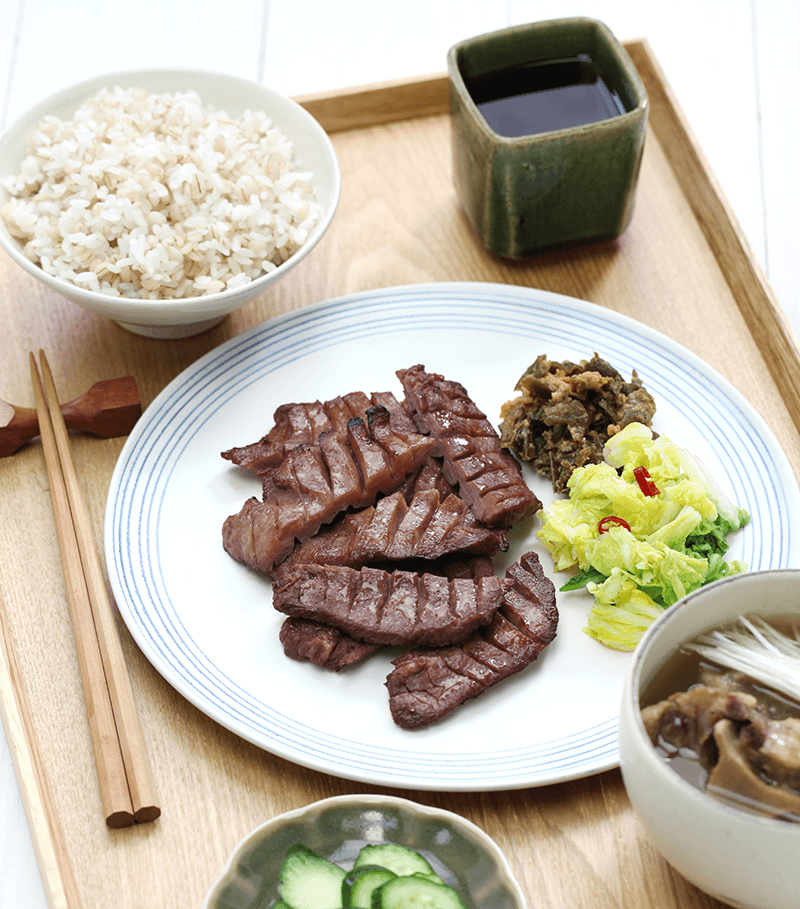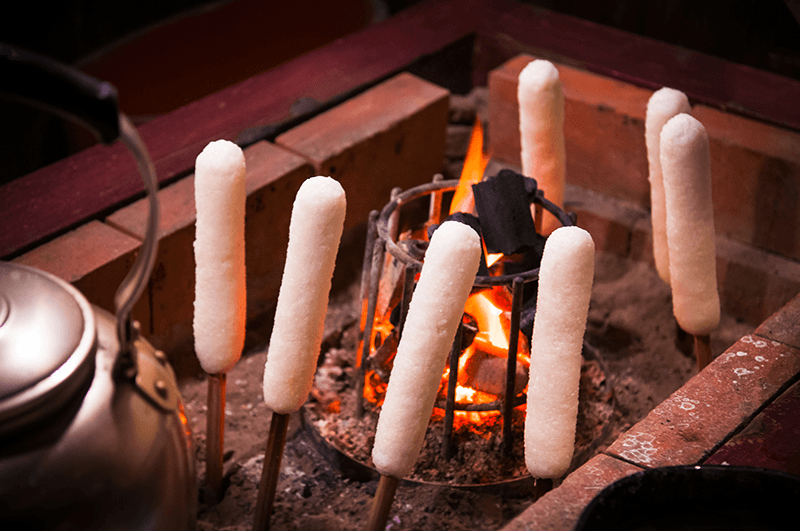The 2011 earthquake and tsunami left the Tohoku region devastated, but far from beaten. If you’re planning a visit to the area, check out our guide to exploring and dining (including halal options), as well as places to reflect on the effects of the disaster.
While there is still much to do to aid the recovery effort in the north-eastern portion of Honshu, remarkable progress has been made over the past six and a half years, particularly in the worst hit prefectures of Fukushima, Miyagi and Iwate.
Tourism in Tohoku – which also includes Aomori, Akita and Yamagata (these prefectures suffered only minor damage from the disaster, but have continued to provide support for their neighbors in Tohoku) – suffered as a result of the disaster, but has seen an increase in the number of visitors to the area since 2015. Despite this, it remains one of the most underrated areas in all of Japan, boasting natural wonders, rustic hot spring towns, lively festivals, all kinds of culinary delights and so much more.
Here, we round up some of the top activities and sights in the different prefectures, while being mindful of recovery efforts; we also gather together some of our favorite eats. In a separate article, we offer a guide for those looking for halal foods and Muslim-friendly facilities.
Top Things to Do
Miyagi
Disposing of the staggering 15.6 million tons of debris was just one of the herculean tasks Miyagi citizens faced following the tragedy in 2011. The fishing town of Ishinomaki alone was burdened with around 6.2 million tons. Though the rubble has since been cleared, the affected coastal areas remain barren. Looking out over the waterfront from the hilltop park of Hiyoriyama provides a stark reminder of the destruction. There are guided tours around disaster areas to help raise awareness of tsunami preparedness and at Oginohama Elementary School you can see the works of artist Parco Kinoshita, who’s carving thousands of mini wooden statues in honor of those killed on March 11.
It’s a day that locals will never forget, but they are determined to push forward and encourage more visitors to the area. A tour from Ishinomaki to the islands of Tashirojima (pictured left) and Matsushima is particularly popular. The former is home to more cats than people, while the latter is considered one of the three great scenic spots of Japan. Taking a dip in an open-air bath overlooking Matsushima Bay is highly recommended. It’s also worth spending time in the “City of Trees” that is Sendai, especially during the Aoba Festival in May, which commemorates the death of Daimyo Date Masamune.
Iwate
The second largest prefecture in Japan, Iwate was severely damaged as a result of the earthquake and tsunami. One of the worst hit areas was Rikuzentakata, a coastal city that’s become an international symbol of resilience and reclamation. A 250-year-old miracle pine tree, the only one among 70,000 trees left standing after the devastation (it was preserved using a rod and synthetic branches when salt water destroyed its roots in 2012), attracts busloads of tourists and there are opportunities to work with local farmers, fishermen and craftspeople as part of the Marugoto Rikuzentakata Project.
When it comes to natural wealth, few prefectures are as rich as Iwate. A boat ride around the spectacular Geibikei (Geibi Gorge) is fascinating in any season, though autumn is the most delightful time to visit. The nearby Genbikei is a humbler gorge, but pleasant nonetheless. Whilst in the area a visit to the town of Hiraizumi is a must. As Tohoku’s first UNESCO World Heritage Site, it features some of the region’s most precious historic and cultural properties. The Sanriku Coast should also be explored. Along the way, stop off at the impressive cliffs of Kitayamazaki and relax near the iconic rocks of Jodogahama Beach.
Fukushima
Unfortunately, due to the nuclear crisis, many are still reluctant to go to Fukushima, yet the vast majority of this delightful prefecture is perfectly fine and open for business as usual. The no-entry zone around Fukushima Daiichi Nuclear Power Plant makes up less than three percent of the area, while the rest of the 5,320-square-mile region has been deemed safe so tourists can wander around without fear. Those concerned about food grown in the prefecture can experience the Study Farm in Nihonmatsu and speak with local farmers.
With around 135 onsen in total, Fukushima is known as a hot spring haven. Some of the surrounding scenery is majestic, especially landscapes shaped by past volcanic activity. A prime example is Mt. Bandai, which last erupted in 1888. It led to the creation of a cluster of five lakes known as Goshikinuma, each of which has its own delicate color ranging from cobalt blue to reddish green. The imposing mountain overlooks the samurai town of Aizu-Wakamatsu which boasts a rich warrior history dating back more than 1,000 years. The town’s main attraction is Tsuruga Castle, a concrete replica of the Kurokawa Castle built in 1384.
Yamagata
Another prefecture famed for its hot springs, Yamagata is a pleasant place to visit all year round. However, it is especially popular in the early part of the summer when people go to pick cherries, and in winter when many tourists hit the slopes. One of the most picturesque locations is Zao Onsen, a well-known ski and hot spring resort where you can see ice trees that are known as snow monsters. The best time to view them is in the evening from a café at the summit when they are lit up.
After a long day skiing or snowboarding, it’s also nice to take a dip in one of Zao’s relaxing hot spring baths. While not as famous as the secluded onsen town of Ginzan, the water in the area is among the most acidic in the country with a pH value of close to one. Zao’s main and most dazzling attraction is the teal-hued crater lake on the mountain bordering Yamagata and Miyagi known as “Okama” (bowl), which simply put is one of the most spectacular spots in all of Japan. Other eye-catching locations in the prefecture include the revered religious site of Dewa Sanzan in Mount Haguro and Risshaku-ji, a mountain temple with stunning views of Yamagata City.
Aomori
The northernmost prefecture in Honshu, Aomori is known for its abundance of natural beauty and delightful water. Nowhere is this more evident than at Oirase Mountain Stream where you can see almost 30 crystal clear cascading waterfalls within a 14-kilometer hike through the deciduous forest. Designated a special scenic spot and natural monument of the prefecture, it’s one of Tohoku’s most alluring sites. Be warned though, it can get crowded in autumn due to the dazzling foliage colors.
Connected to Oirase Stream is Lake Towada, the largest caldera lake in Honshu, where the water is so translucent you can see down for 10 meters. Other well-known sites in Aomori worth going to are Hirosaki Castle, especially during spring when thousands of cherry trees are in bloom, and Sannai-Maruyama, a Jomon period archaeological site discovered by accident while surveying land to build a community baseball field. The most exciting time to visit the prefecture is early in August when the country’s largest Nebuta Festival takes place. Nebuta refers to the float of a warrior figure that’s carried through the city. If you can’t make it in the summer, the next best option is to visit the Nebuta Warasse Museum featuring all kinds of memorabilia from the festival’s 300-year history.
Akita
When it comes to tourism, Akita feels relatively untouched compared to the country’s more glamorous prefectures, and this is part of the region’s charm. It’s a great opportunity to escape the large crowds and enjoy the attractive natural wonders on view such as Lake Tazawa and the beech forest of Nyuto Village featuring seven hot spring baths, each with their own water source. The most famous site in the area is Shirakami-Sanchi, a vast mountain range that straddles both Akita and Aomori. There are numerous scenic treasures along the way including the mesmerizing sapphire-blue pond.
Winters can be quite harsh in Akita, but don’t let that put you off. For many, it’s the best time to be there as there are many intriguing festivals. A ritual known as Namahage, in which men dressed as ogre-like figures descend from the mountains with drums and torches looking for naughty children, takes place at the end of the year. In mid-February the city of Yokote is taken over by igloos for the 400-year-old Kamakura Snow Festival. Around the same time the Hiburi Kamakura Fire-spinning Festival is held in the samurai town of Kakunodate.
Top Things to Eat
Iwate
There are some amazing beef and seafood options in Iwate, but if you are only there for a short time, make sure you try at least one of the famous noodle dishes in the prefecture. The most interesting of the so-called “Three Great Noodles of Morioka” is wanko soba. Jajamen is similar to udon, but served with a special meat-miso sauce, cucumber and green onion. Morioka reimen, meanwhile, has a uniquely chewy texture that goes well with Korean kimchi.
Miyagi
Now a national favorite, gyūtan (sliced cow’s tongue) was first created back in 1948 at a small restaurant in Sendai called Tasuke that’s still popular today. These days there are a wide range of establishments serving the succulent meat including well-known eateries such as Rikyu and Kisuke. It’s undoubtedly the most famous dish in Miyagi, but non-meat lovers needn’t worry as the prefecture’s also known for its seasonal vegetables and seafood. It’s Japan’s second largest oyster producing region behind Hiroshima. Maruemon (Miyagi’s most famous brand of oyster) couldn’t be harvested for some time after 2011, but now sales seem to be back on track. Donations from France helped greatly during what was an extremely difficult period.
Fukushima
Farmers in Fukushima have suffered badly in recent times, but there seems to be some light at the end of the tunnel as concerns over the safety of their products are fading. Countries such as Britain, Malaysia and Singapore have started importing from the region again. Local rice known as Ten no Tsubu is considered by many to the best in Japan. The same could be said for Fukushima’s peaches, which are known for their exceptional taste, firmness and juicy texture. Copious quantities of cherries, pears, grapes, persimmons and apples are also produced there, making the prefecture something of a “fruit kingdom” in Japan. If ramen is your thing make sure you visit Kitakata City, one of the top three ramen locations in the country.
Yamagata
Like Fukushima, Yamagata is considered a fruit paradise, producing 70 percent of all the cherries in the country, and more La France pears than any other region. There are a variety of other fruits harvested at different times through the year including strawberries, grapes and peaches, as well as all kinds of mountain vegetables. Then there’s Yonezawa beef, recognized as one of the three top wagyu beef brands in Japan along with Kobe and Matsuzaka. In autumn, imoni is the dish of choice. Using hot pots, local residents, guests and tourists gather at Mamigasaki River in early September to prepare the dish that is made up of beef stew and taro (a potato-like root vegetable).
Akita
The main dish associated with Akita is undoubtedly kiritanpo. It consists of cooked rice that is kneaded and wrapped around a skewer to form a cylindrical shape before being grilled. One of the most common ways to eat it is in a hot pot with chicken broth, burdock, maitake mushroom, Japanese parsley and green onion. Misotanpo, where sweet miso paste is spread over the rice, is another enticing option. Usually enjoyed between autumn and spring, kiritanpo goes very well with sake. During the winter months hatahata (known in English as sandfish) is very popular and viewed as a valuable source of protein. They can be enjoyed in a hot pot, grilled or as sushi.
Aomori
No trip to Aomori would be complete without trying some apples or taking a dip in an apple hot spring bath. Production of the pomaceous fruit in the area exceeds more than 50 percent of the total domestic share. There are many varieties, though the most famous is the Fuji apple which is not, contrary to popular belief, named after Mt. Fuji, but Fujisaki City where it was developed from several American apples. Large, sweet and crisp, Fuji apples have a long shelf life, lasting a year when refrigerated. In autumn you can try the apple harvesting tour at Hirosaki Park, home to over 1,300 apple trees. A cider factory is also located in the park.
Looking for Muslim-friendly options? Read our article featuring “6 Spots Around Tohoku for Halal Hunters.”
For more information about traveling around Tohoku, visit www.japanican.com/en/area/tohoku.
Sponsored Post
Updated On December 26, 2022

